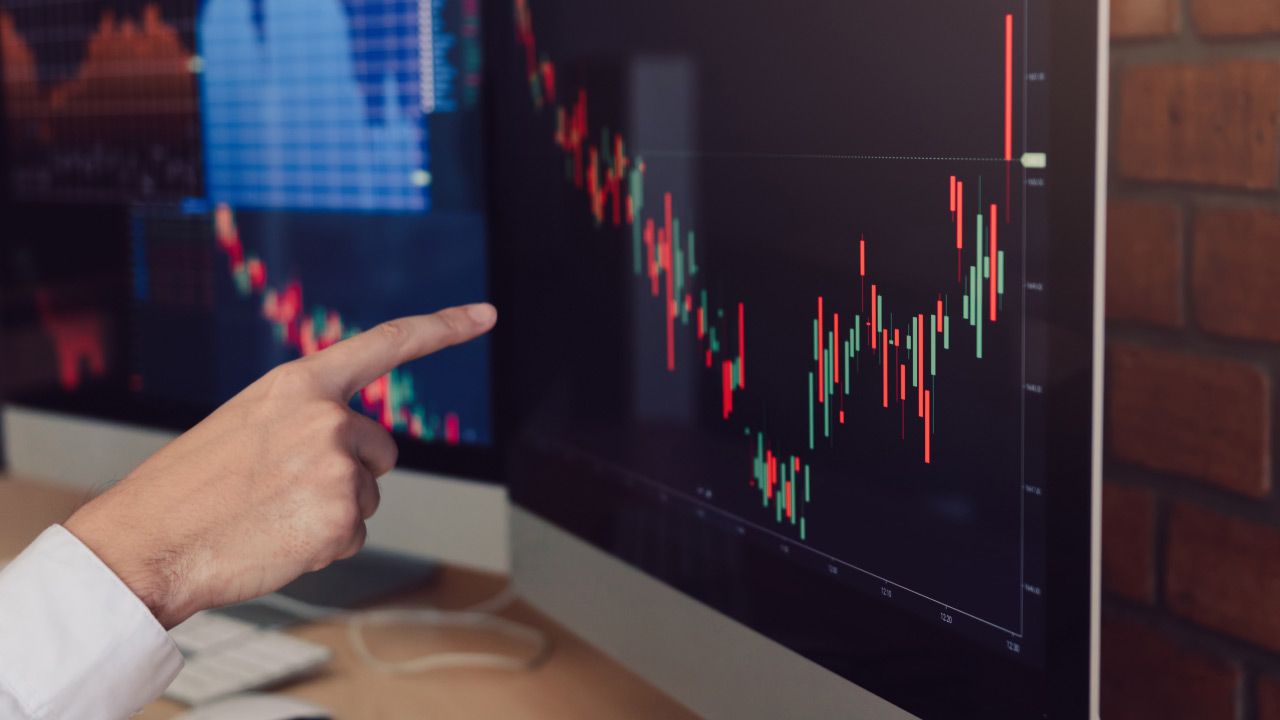For forex traders, moving from a demo account to a real one is like crossing a big bridge, where traders finally move from the practice grounds to the live markets. Moving to a live forex trading account means investing real money in the live markets, which can significantly increase risks. As a result, traders should only decide to switch to a live forex trading account when they are confident about their trading skills.
This article aims to help traders decide when to move from a demo to a live forex trading account.
What is a demo account?
A demo account is a practice trading account provided by brokers where traders can simulate trading in the forex market using virtual money. It allows traders to learn, practice, and test strategies without risking real capital.
What is a live forex trading account?
A live forex trading account is a real trading account where traders use their own money to trade currencies in the forex market. It involves real gains and losses and carries financial risks. Traders interact with forex brokers daily, and regulatory oversight ensures protection and fairness in a live forex trading account.
When to move from demo to live forex trading account
Moving from a demo to a live Forex trading account is a significant step for anyone looking to engage in the financial markets. It is crucial to transition at the right time to ensure traders are adequately prepared for the challenges and risks of real-money trading.
Here are some indicators that suggest you might be ready to transition to a live trading account:
There are consistent demo gains
Achieving consistent gains in a demo account means that the trader has not only had a few successful trades but also demonstrated the ability to make money over an extended period. It is essential to analyze the trading history to ensure that a trader’s success is not driven by luck but by a sound trading strategy. Traders should look for patterns and trends in their trading performance and ensure they have tested their strategy across various market conditions.
The trader is comfortable with losing trades
Losing trades can be emotionally challenging, especially when real money is involved. Being comfortable with losing trades means the trader has developed emotional resilience, which is possible with demo trading. Through this, traders can understand that losses are a natural part of trading and should not lead to impulsive decisions. This emotional control is crucial because it prevents traders from chasing losses or deviating from the trading plan when faced with setbacks.
The trader is satisfied with the trading platform, and the broker
Satisfaction with one’s trading platform and broker involves more than just basic functionality. It means that the trader has thoroughly evaluated their platform for ease of use, reliability, and the availability of essential tools like technical analysis indicators, charting options, and order execution speed. The chosen broker should also be reliable, transparent, and well-regulated to ensure the protection of the funds.
The risk management strategy aligns with trading goals
Risk management is the cornerstone of successful trading. It involves determining how much capital a trader is willing to risk on each trade and setting different types of orders to maintain trading success. Traders should ensure that their risk management strategy aligns with their trading goals, whether short-term gains or long-term wealth preservation.
To ensure alignment:
- Define risk tolerance: Determine how much capital a trader is willing to risk on each trade, considering the overall financial situation and risk tolerance.
- Set stop-loss orders: Implement stop-loss orders to limit potential losses and ensure that they are consistent with the risk tolerance and trading strategy.
- Risk-reward ratio: Maintain a clear understanding of the risk-reward ratio, ensuring that potential rewards justify the risks taken.
There is a defined trading plan developed
A well-defined trading plan goes beyond knowing which currencies to trade; it includes a detailed strategy. This strategy should specify entry and exit criteria, including technical or fundamental signals that trigger trades. Additionally, the plan should outline the trader’s position-sizing strategy (how much of the capital to allocate to each trade), as well as guidelines for adjusting the plan in response to changing market conditions.
There are adequate funds to get started
Starting with adequate funds is crucial for managing risk. A trader must ensure that they have enough capital to cover their initial trades and sustain potential losses without depleting their account too quickly. It is recommended to have a clear understanding of one’s risk tolerance and to avoid over-leveraging, as using too much leverage can lead to rapid losses.
Navigate the demo to live transition in forex
Transitioning from a demo to a live forex trading account demands careful consideration. It is crucial to move forward when consistent demo gains indicate a well-tested strategy and when emotional resilience is developed to handle losses calmly.
However, the transition may also carry inherent risks such as emotional pressures, market volatility, over-leverage, platform and broker issues, and more. Traders must be mindful of these risks and adequately prepared to navigate them as they transition to live trading.
Disclaimer: All material published on our website is intended for informational purposes only and should not be considered personal advice or recommendation. As margin FX/CFDs are highly leveraged products, your gains and losses are magnified, and you could lose substantially more than your initial deposit. Investing in margin FX/CFDs does not give you any entitlements or rights to the underlying assets (e.g. the right to receive dividend payments). CFDs carry a high risk of investment loss.




